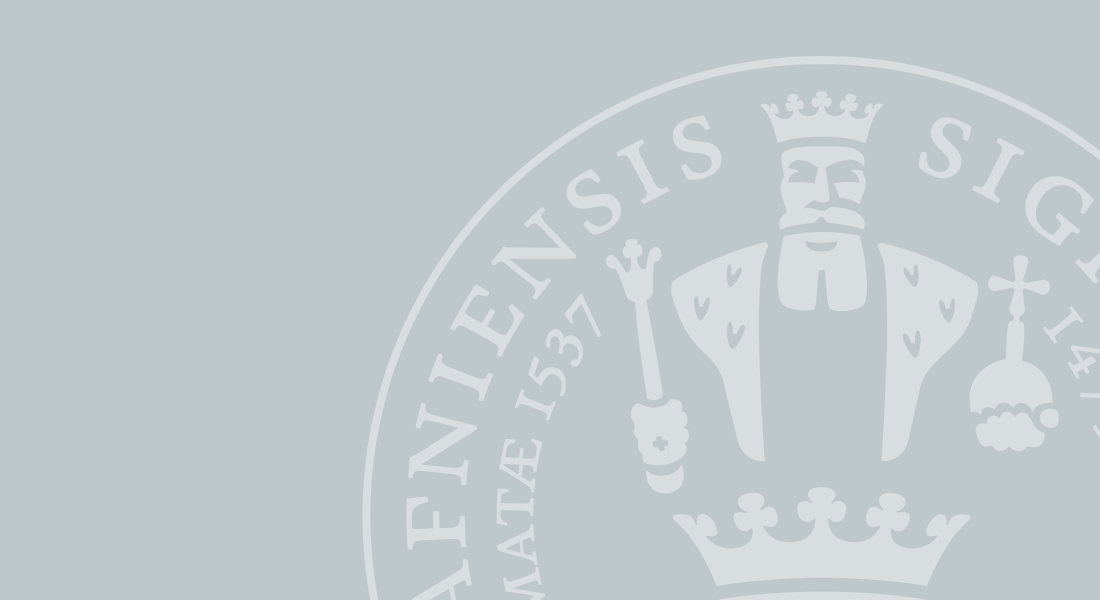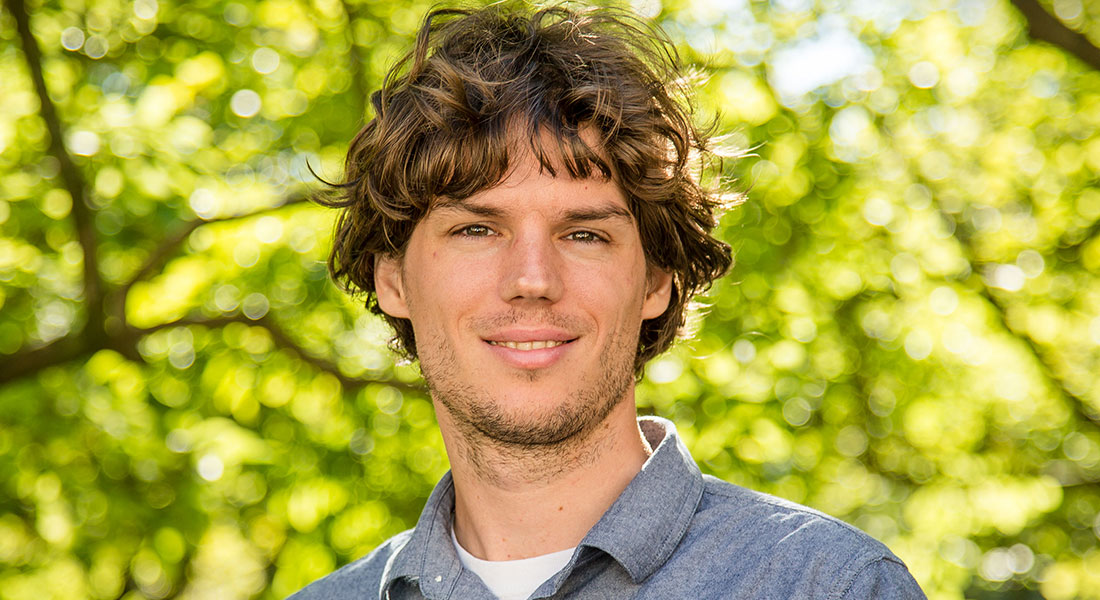
New collaboration between Niels Bohr Institute and Stanford University
How do cells know in which direction to grow? Silas Boye Nissen, a PhD student in the Biocomplexity Group at the Niels Bohr Institute, University of Copenhagen, has received a grant from the Novo Nordisk Foundation for a four-year project, the first three years of which will take place at Stanford University in the USA.

The grant is awarded annually to two young scientists who work across the boundaries of traditional disciplines. The project is scheduled to start in the autumn and is intended to shed light on how the body’s cells create direction. The results may be of great medical significance to the understanding of diseases such as heart defects and faults in the development of the nervous system or hearing. It is also known that cancer cells lose the sense of direction that healthy cells have. Consequently, any new understanding of the directional sense of cells will be crucial to a variety of medical fields of research.
Four months of idea development at Stanford have paved the way for the project
Silas Boye Nissen has already spent some time at Stanford University. In the autumn of 2019 he worked at Stanford, where the framework for the project was laid down. He makes no secret of the fact that the interdisciplinarity in the project will be a dominant part of the work: “I’m a physicist, and at Stanford I’m affiliated with the Department of Pathology, where I will probably be the only physicist. I’m going to be an experimentalist, dissecting fruit flies and examining them in a microscope. It will be a very exciting experimental process.”
How does the body’s tissue construct direction?
This is the big question that the project aims to answer. Silas Boye Nissen explains that we have a fairly good understanding of the formation of the inner and outer sides of tissue. Human skin is a good example, as the skin obviously looks completely different on the outside compared to the inside. “But how do the cells know which direction to grow in? How do they work out where the fingers should be, in relation to the shoulder? This sense of direction is not well understood. There are many millions of cells that collectively know how to form a hugely complicated system composed of different types of tissue. Our hypothesis, briefly put, is that either the cells know the direction, or they don’t. It sounds simple, but it means that the proteins responsible for the growth of the cells must find a way to coalesce on one side of the cell and not on the other. In practical terms, we work by examining the wings of a fruit fly and marking some proteins inside the cells. We mark the individual proteins in the individual cells, monitor them and watch how the proteins clump together. To begin with we do it on dead cells, later on living ones, in order to follow the process live,” says Silas.
Cells communicate with each other to create direction
However, it is not enough just to find out how the processes occur within the individual cells. Many millions of cells co-operate to create the immensely complicated system a living being is. Silas explains that a group of signalling proteins in each cell extend through the cell membrane and into the neighbouring cell. In this way, bridges are formed between the cells, which define how communication takes place. “It’s a process that takes place simultaneously in a single tissue, and an internal connection is created to the next cell. So we know that communication takes place – but we do not yet know how this co-ordination between the cells precisely occurs.”
Science arises in collaboration between different disciplines
Silas Boye Nissen will be collaborating with two different research groups at Stanford. One group, at the Department of Pathology, has been conducting research in this area for many years, in both fruit flies and mice. The other group, at the Department of Chemical Engineering, has developed advanced microscopy techniques. This cell orientation has not previously been studied with modern microscopy techniques, which have evolved considerably over the past decade. These techniques are a prerequisite for solving the many challenges of the project, and thereby being able to study the movement at molecular level, in order to understand how cell orientation is created.
Cross-disciplinary collaboration between physics and biology
The confluence between biology and physics is a particularly important part of Silas Boye Nissen’s working life. He explains that a physics-based approach to the detailed laboratory work can be supplemented by a mathematical and conceptual model. “In physics, we look at things a bit more from above, and we find out which main components are critical to the outcome,” Silas explains. This can for example be done by building computer models of complex processes – something that physicists are specially trained to do.
In the final year of the project, Silas Boye Nissen will work at the Panum Institute in Copenhagen, where he will focus on the signalling pathways inside the cell. The aim of this part of the work is, inter alia, to elucidate the production of insulin in the pancreas – another scientific field of great importance to many people.
